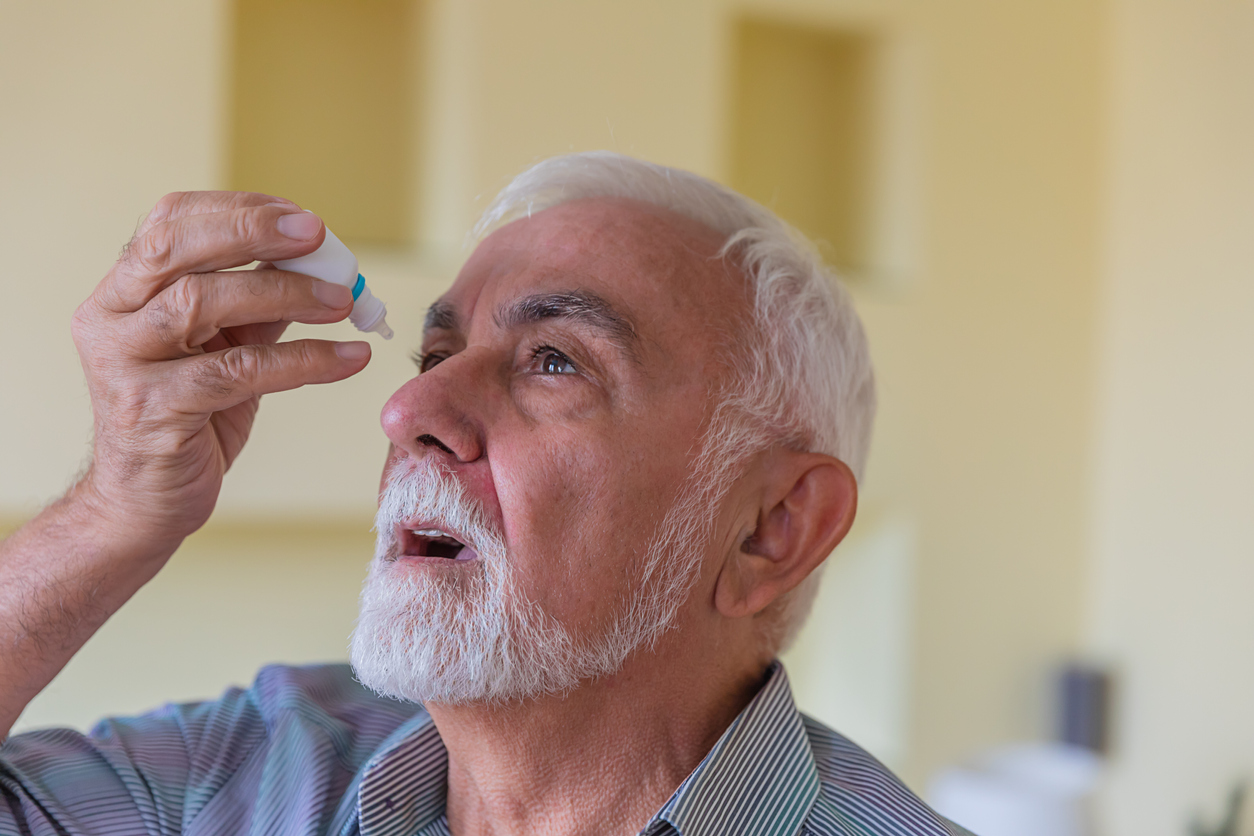-
- Find Care
-
- Visitor Information
- Find a Location
- Shuttles
- Visitor Policies
-
-
- Our Virtual Care Options
- Virtual Urgent Care
- Virtual Visits for Primary & Specialty Care
- Online Second Opinions
- Participate in Research
-
- Contact us
-
- For Innovators
- Commercialization Guide for Innovators
-
-
- Research News
- Alzheimer's Disease
- Artificial Intelligence
-
- Overview
-
- Overview
- Getting Started
- New to Mass General Brigham
- International Patient Services
- What Is Patient Gateway?
- Planning Your Visit
- Find a Doctor (opens link in new tab)
- Appointments
- Patient Resources
- Health & Wellness
- Flu, COVID-19, & RSV
- Billing & Insurance
- Financial Assistance
- Medicare and MassHealth ACOs
- Participate in Research
- Educational Resources
- Visitor Information
- Find a Location
- Shuttles
- Visitor Policies
- Find Care
-
- Overview
- Our Virtual Care Options
- Virtual Urgent Care
- Virtual Visits for Primary & Specialty Care
- Online Second Opinions
-
- Overview
- Participate in Research
-
- Overview
- About Innovation
- About
- Team
- News
- For Industry
- Venture Capital and Investments
- World Medical Innovation Forum (opens link in new tab)
- Featured Licensing Opportunities
- For Innovators
- Commercialization Guide for Innovators
- Contact us
-
- Overview
- Information for Researchers
- Compliance Office
- Research Cores
- Clinical Trials
- Advisory Services
- Featured Research
- Two Centuries of Breakthroughs
- Advances in Motion (opens link in new tab)
- Brigham on a Mission (opens link in new tab)
- Gene and Cell Therapy Institute
- Research News
- Alzheimer's Disease
- Artificial Intelligence
-
- Overview
-
- Overview
- Residency & fellowship programs
- Brigham and Women's Hospital
- Massachusetts General Hospital
- Mass Eye and Ear
- Newton-Wellesley Hospital
- Salem Hospital
- Integrated Mass General Brigham Programs
- Centers of Expertise
- Global & Community Health
- Health Policy & Management
- Healthcare Quality & Patient Safey
- Medical Education
- For trainees
- Prospective trainees
- Incoming trainees
- Current trainees
- Continuing Professional Development
Early Symptoms of Glaucoma

Glaucoma is the second leading cause of blindness in the world. People can go years without detecting the condition; they typically experience symptoms only when vision loss becomes permanent.
According to David S. Friedman, MD, PhD, MPH, a Mass General Brigham glaucoma specialist, about 90% of people in developing countries are unaware they have the disease. Even in the United States, about half of people with glaucoma don’t know they have it.
“We have come a long way in our ability to diagnose and treat glaucoma from when I first began practicing medicine,” says Dr. Friedman. “But much work needs to be done, especially when it comes to catching the condition sooner.”
Dr. Friedman serves as director of the Glaucoma Service at Mass Eye and Ear. He explains how patients can identify glaucoma signs and symptoms and what treatments can stop or prevent further damage.
What is glaucoma?
The optic nerve connects the eye to the brain. If the nerve is damaged, the message from the eye is not recognized. Glaucoma, a form of damage to the optic nerve, can lead to vision loss, or blindness, if left untreated.
Glaucoma risk factors
While glaucoma can develop at any age, it is much more common in older adults. Those at an increased risk of glaucoma include people who:
- Are over age 60
- Have a first-degree relative with glaucoma
- Have had a major eye injury, one where bleeding occurs at the front of the eye. This usually happens after being hit in the eye directly, like from a punch or a car accident.
- Are highly near- or far-sighted
- Have diabetes
Race and ethnicity elevate risk, too. African Americans and Hispanic Americans are much more likely to develop glaucoma than white people.
What is the first sign of glaucoma?
Patients rarely notice glaucoma signs and symptoms until it is too late. No current treatments can reverse damage from the condition, let alone vision loss.
Two main types of glaucoma exist:
1. Primary open-angle glaucoma symptoms
Primary open-angle glaucoma is the most common type of glaucoma.
The condition develops slowly, and few obvious symptoms occur at its earliest stages. While experts are unsure of what causes this type of glaucoma, they suspect eye pressure plays a role. Too much pressure presses liquid inside the eye against the optic nerve, damaging it.
Early symptoms include:
Clouded vision
Difficulty seeing when lighting conditions change or in low-light situations
In later stages of the disease, patients may experience:
Loss of side vision
Damage to central vision
2. Angle-closure glaucoma symptoms
The blue or brown ring of the eye, known as the iris, controls how much light enters the eye. The iris can sometimes block fluid draining from the eye. When this happens, angle-closure glaucoma occurs.
While most people with angle-closure glaucoma do not experience symptoms, some can experience sudden spikes in eye pressure.
High eye pressure symptoms
A sudden spike in eye pressure can lead to acute and permanent vision loss. This is considered a medical emergency. Symptoms and signs may include:
Eye pain
Seeing halos around lights
Dilated pupils
Red eyes
Nausea and vomiting
How is glaucoma diagnosed?
A thorough eye exam helps diagnose glaucoma. Eye exams can assess damage to the optic nerve, even during early stages of the condition. If a doctor suspects damage, they will order additional tests. These include a visual field test to examine side vision. The test can identify vision loss a patient might not know about.
“While many people might just think of high eye pressure when they think of glaucoma, about half of all glaucoma cases occur in eyes with pressure in the normal range,” says Dr. Friedman. “That’s why checking the health of the optic nerve is so crucial.”
Glaucoma treatment options
Treatments aim to slow or stop the progression of vision loss. There are three main treatments, all of which help lower pressure in the eye. The right treatment depends on several factors, including:
Glaucoma type
Severity of disease
During each treatment, a doctor regularly checks eye pressure. They also monitor the patient’s side vision and image the optic nerve. If eye pressure, side vision, or health of the optic nerve worsen, they will likely recommend additional treatment to prevent more damage.
Laser treatment for glaucoma
Patients with open angle glaucoma can benefit from laser treatment to lower the eye pressure. This is the most successful initial treatment for glaucoma with open angles.
The procedure allows the eye to drain more fluid, which lowers eye pressure. According to Dr. Friedman, the procedure has been remarkably safe since its introduction in the 1970s. Beginning treatment with lasers, he adds, can lead to better outcomes than beginning treatment with eye drops.
Medication
Prescribed eye drops can reduce pressure in the eye. While many patients may only need one type of eye drop, some may need a combination of different drops. Doctors may use eye drops as an alternative for laser treatment, especially for patients with open-angle glaucoma.
Surgery
Dr. Friedman recommends surgery for the most severe glaucoma cases. He also recommends surgery when glaucoma worsens and there are no other ways of effectively lowering eye pressure.

